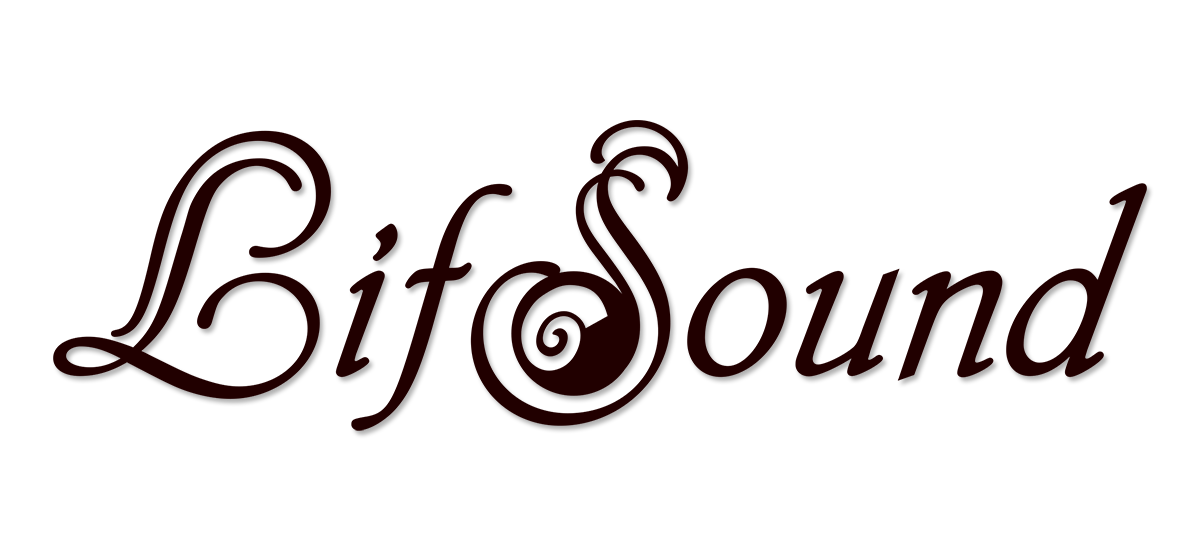The Lifsound Set Optimal System: The Application
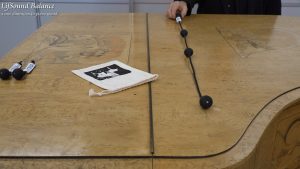
The application of the wing lid membrane bridge is simple:
One cord with label connects four silicone balls. Two individual balls are provided with a label cord. The cord is positioned parallel to the hinge, about 15-20 cm away.
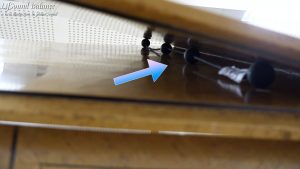
The hinged lid is placed on the balls and they are well clamped by the weight of the lid.
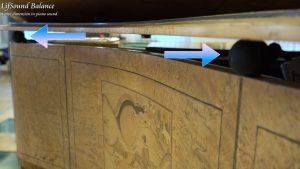
If the hinged lid is to be placed in the lying position, the two individual balls take the weight of the large lid and decouple it from the sounding board.
This turns the lids into horizontal membranes that amplify the sound of the sounding board.
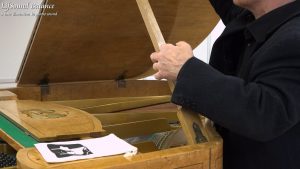
The lid can be placed halfway or all the way up.
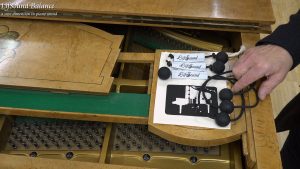
The silicone ball patent tool
LifSound Set Optimal System
Sound examples for grand piano and harpsichord with and without LifSound Set Optimal System can be found by clicking on the button
The Grand Piano Lid It is protection, used as a sound damper or sound reflector, often perceived as a nuisance and understood as an appendage. In the recording studio, on the concert stage or in the living room, its enormous importance was not recognized.
Only by using the LifSound Set Optimal system with its different possibilities, the potential of this attached large surface becomes audible in the sound. If its total length and volume is put into a relation to the sounding board, we experience its true meaning. Up to now, a lot of electronics have been used to help the grand piano sound to offer a pleasant tone to the listener. In this process, the grand piano lid was seen only as a reflector and, or it was and is removed with some risk.
Before the discovery of the LifSound Set Optimal System, its sound potential was unrecognized. The grand piano lid is significantly involved in the sound when it is understood physically:
- Its mass and length are significantly greater than those of the sounding board, the center of the grand piano sound body.
- Its area is one-sided about 1/3 of the instrument.
- The resonance energy drives into the lids via the metal hinges.
- Its surface and mass, integrated into the sound by LifSound Set Optimal System, becomes an effective component of sound balance, sound brilliance and causes equalization between the registers.
- Placed on the sounding board and decoupled by the LifSound Set Optimal System, it reinforces the sound effect of the sounding board by addition and has a balancing and tone-enhancing effect.
- When opened, it directs the three-dimensionally moving circulating air as a medium far into the auditorium to be sounded.
- It compensates for impurities in the tuning, since the fundamental tone component is significantly increased.
The Lifsound Set Optimal System: The Material
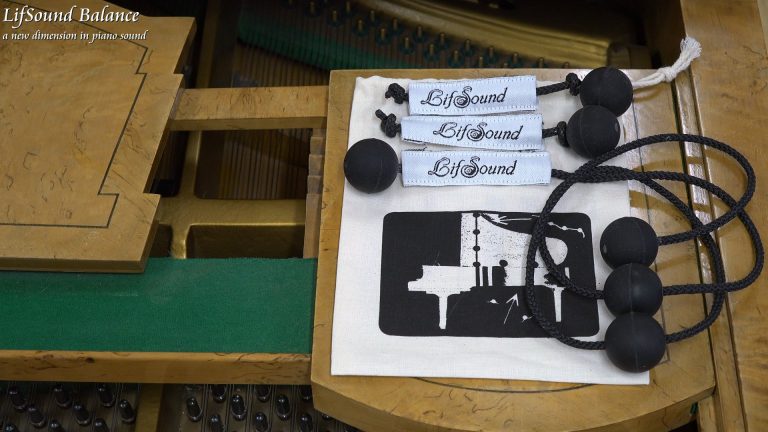
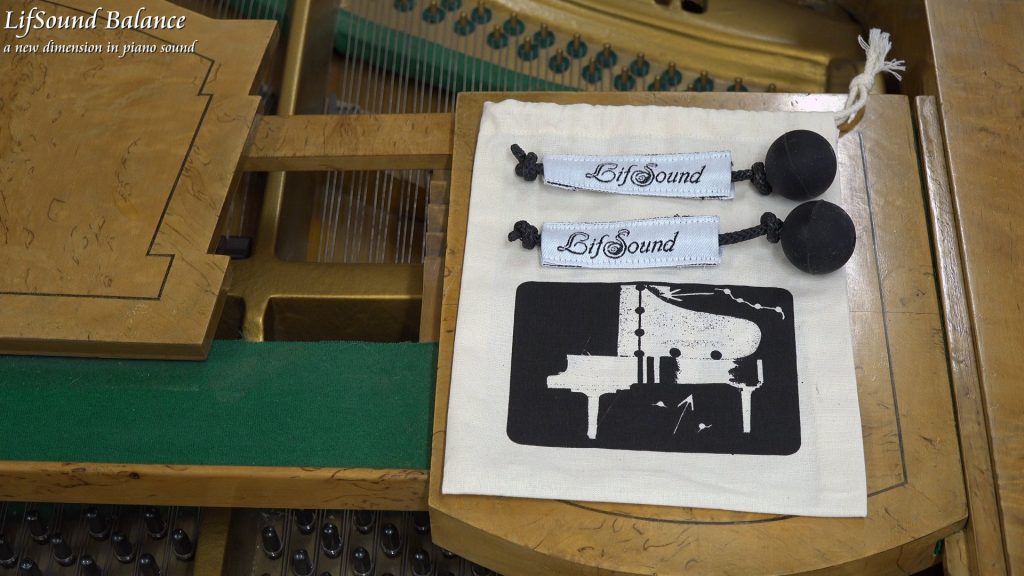
The target specification: largely harmless to health, safe for children, flame retardant, washable and non-oxidizing. The material must be soft enough not to leave pressure marks on the instrument.
The ball is the optimal shape for directing resonance energy, and silicone is the most suitable material for this purpose. The width of the hinged lid surfaces requires multiple membrane support points. The row of four balls requires a hard-wearing, simple connection.
For individual adjustment of pressure points, the balls with a lead through for a rope, cord or ribbon are baked of silicone granules in a special hardness grade and without evaporating plasticizers. The rope or cord is fixed at the end points in closed sleeves, and in the middle the resonance balls can easily be moved in both directions due to the pressed open sleeves. The black cord braided like a rope is tear resistant and flame retardant. The single balls also have a string and label on one side. This makes the ball easy to handle by hand and prevents it from rolling away on the floor.
The LifSound label made of cotton testifies with its embroidered lettering the protected name and the originality of the patent tool.
The Lifsound Set Optimal System: The Function
The way from the key to the membrane: clavichord, harpsichord, grand piano and upright piano have always been sound bodies with a different natural-physical sound generation.
The clavichord strikes a string or chorus of strings by keystroke, producing a delicate tone that also makes vibrato possible by finger pressure.
The harpsichord plucks a string with a plectrum by keystroke and lets the string vibrate freely.
The grand piano and the upright piano strike one or more strings with a wooden core/hammer covered with felt, forming a powerful tone that can be repeated very quickly in succession and intermediately damped by a well-designed repetition mechanism.
These technical impulses develop an energy that we call resonance. It can be measured both in intensity and loudness, and in timing and duration of oscillation. The resonance energy uses all parts of the sounding bodies in every direction and all possible wavelengths. Since the lids of the instruments described above used to lie directly on top of each other as surfaces and could not act as membranes, the short wave was dominantly involved in the sound. The decoupling of the lid elements by the membrane bridge allows a balanced sound spectrum for the first time.
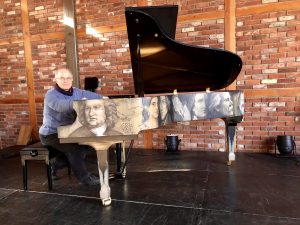
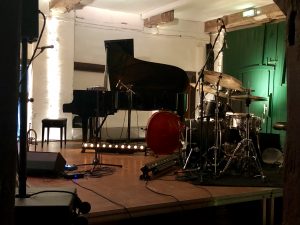
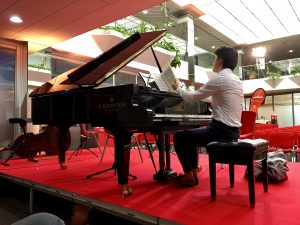
Sound examples for grand piano and harpsichord with and without LifSound Set Optimal System can be found by clicking on the button
